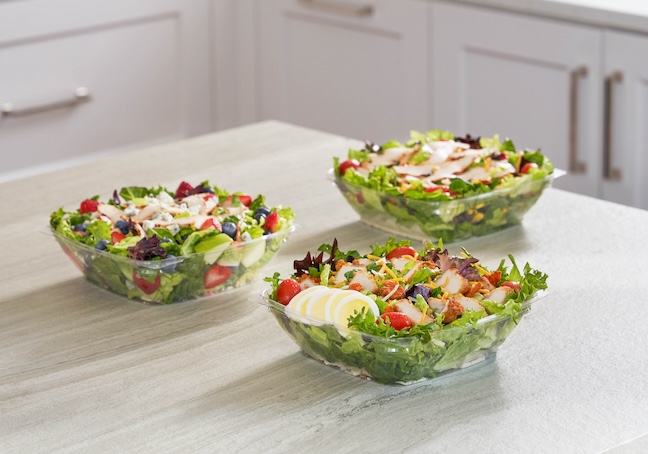Enjoy your favorite chicken filet topped with creamy Colby-Jack cheese, brown sugar peppered bacon, lettuce and zesty Smokehouse BBQ sauce while supplies last.
Find a Restaurant

Welcome
Or search for nearby restaurants
Find a restaurant near your location.






Life is sweeter with rewards
When you join the Chick-fil-A One® rewards program you can start earning points to redeem for the food you love. As you place more orders, you'll move up to Silver, Red and then Signature status, with added benefits at each level. Check out below to see how the benefits grow.
-
-
Get points with every qualifying order
-
Use your points towards free, available rewards
-
Receive rewards from your local Chick-fil-A restaurant(s)
-
-
-
Get points with every qualifying order
-
Use your points towards free, available rewards
-
Receive rewards from your local Chick-fil-A restaurant(s)
-
Use your points to gift rewards to family and friends
-
-
-
Get points with every qualifying order
-
Use your points towards free, available rewards
-
Receive rewards from your local Chick-fil-A restaurant(s)
-
Use your points to gift rewards to family and friends
-
Take a free Chick-fil-A Backstage Tour (with up to 5 guests) at the Chick-fil-A Home Office
-
-
-
Get points with every qualifying order
-
Use your points towards free, available rewards
-
Receive rewards from your local Chick-fil-A restaurant(s)
-
Use your points to gift rewards to family and friends
-
Take a free Chick-fil-A Backstage Tour (with up to 5 guests) at the Chick-fil-A Home Office
-
Unlock rewards exclusive to Signature Members
-















